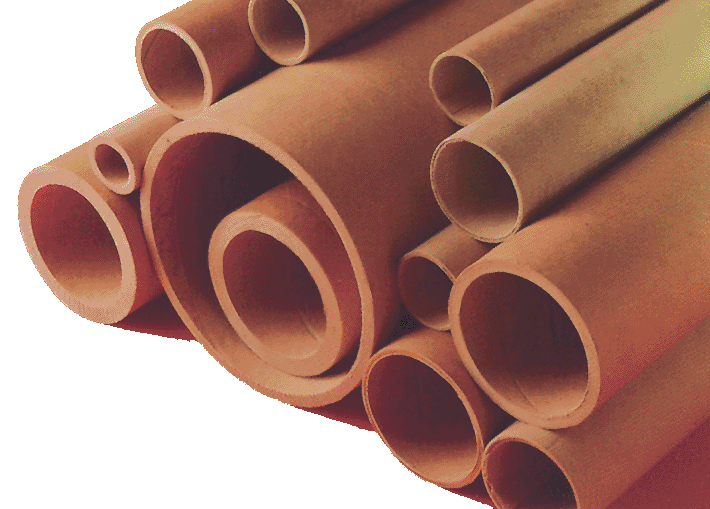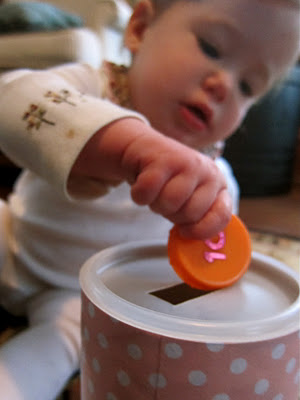Cognitive development starts as soon as a baby is born, but around 12 months they start to recognize that the world around them is made up of shapes, sizes, and space. Combining objects to see what fits where is an early interest in space. They can also get stuck in between furniture and other small spaces while experiment with size and shape. Learning about size, shape, and space is important because it creates a necessary foundation for later understanding of mathematical concepts.
Here are some fun activities for your infant or toddler that creates the perfect environment for learning about sizes, shapes, and space.
 |
| Photo |
Tubes Inside of Tubes (12 months +)
Materials:
tubes of various diameters (toilet paper tubes, paper towel tubes, wrapping paper cores, paper roll cores, PVC pipes, drinkings straws)
To Do:
Say nothing and watch what your child does with the various tubes; let your child do their own learning and discovering.
If you see child start to experiment by placing tubes within each other, ask questions like "Will this small tube fit inside the larger tube?" and express interest in their discoveries.
More Ideas:
Add objects such as cars, string, scarf, etc. Once again, let your child do the experimenting and sit back to watch them develop their cognitive abilities.
 |
| Photo |
Graduated Nesting (14 months +)
Materials:
plastic bowls of graduated sizes that nest together
To Do:
Simply present these nested bowls to the child and see what he does.
Simply present these nested bowls to the child and see what he does.
Do no show him how to nest them or try to correct mistakes.
This idea is best learned by discovery.
More Ideas:
Instead of presenting them to the child in a nested state, present them separately. See if the child discovers that they nest together.
Use boxes that can nest and also be stacked.
 |
| Photo |
Slot Box (14 months +)
Materials:
shoebox with lid OR empty carton/canister (yogurt, sour cream, cottage cheese, etc).
metal baby food jar lids OR milk jug lids
sharp knife
To Make:
Cut a slot in the lid of the shoebox just the right width and length to fit the lids through.
To Do:
Probably no introduction is needed. If the child does not know what to do with this activity, show him how to make the lids go through the slot to drop into the box.
The child will enjoy sticking all the lids through and then dumping them back out again.
More Ideas:
Make "mailboxes" and let the children put junk mail and cards through the slot.
Source
Miller, Karen. (1999). Simple steps. Beltsville, Maryland: Gryphon House, Inc.

No comments:
Post a Comment
Note: Only a member of this blog may post a comment.